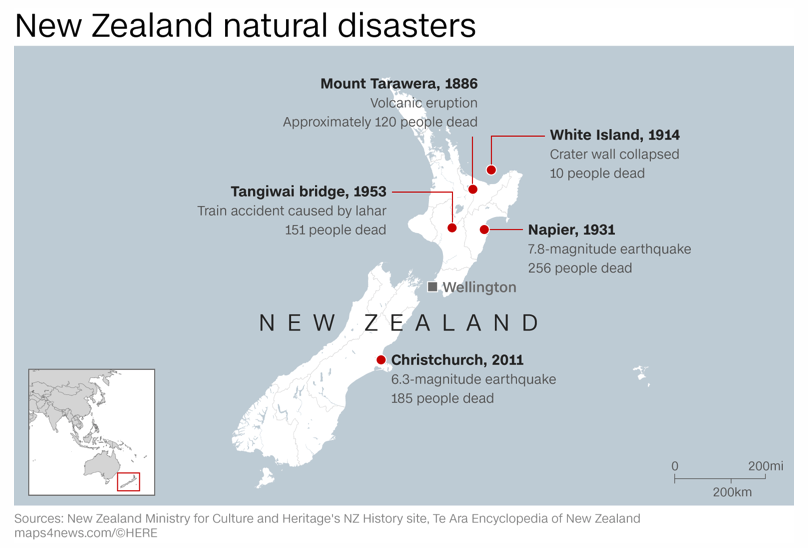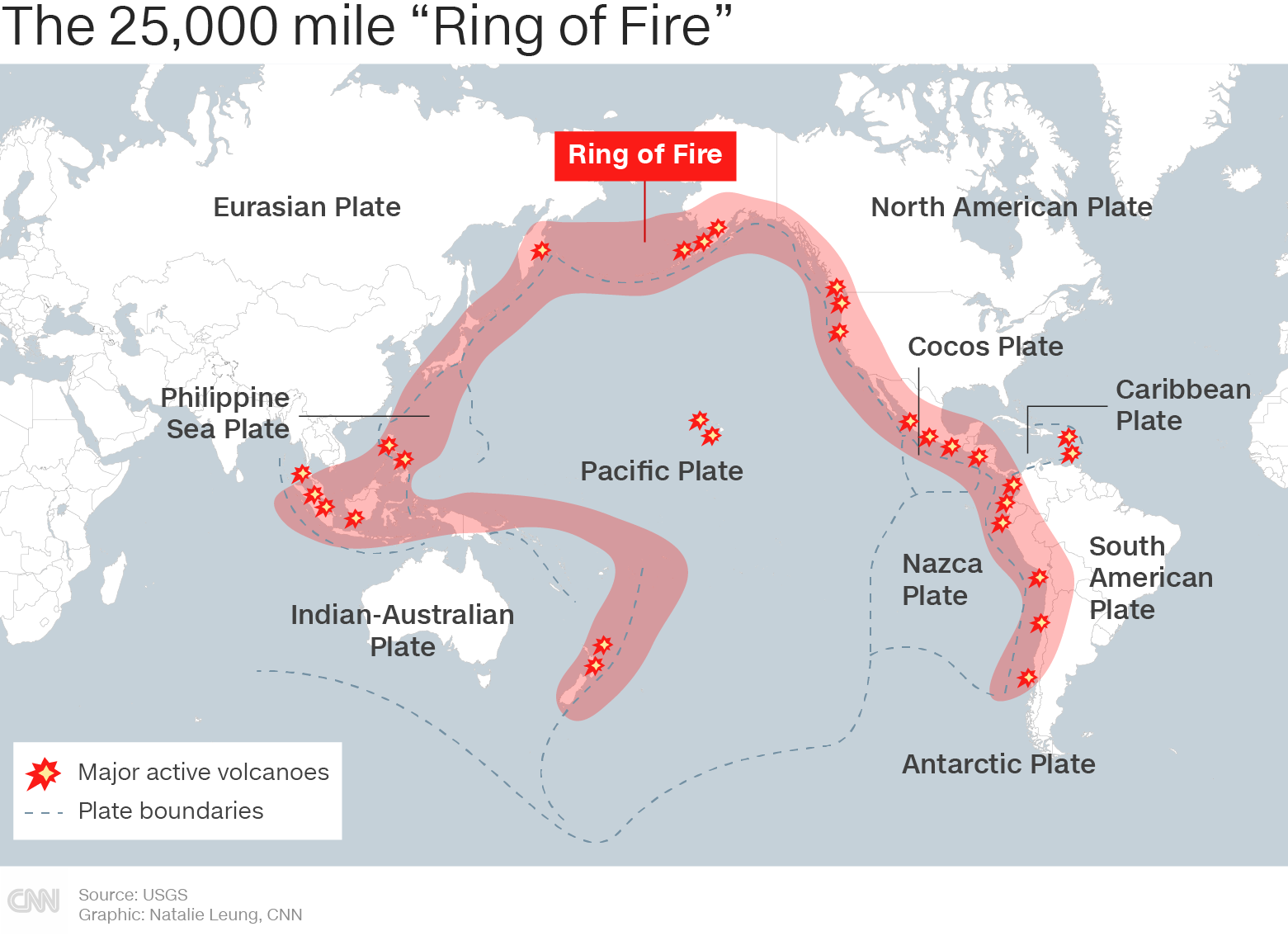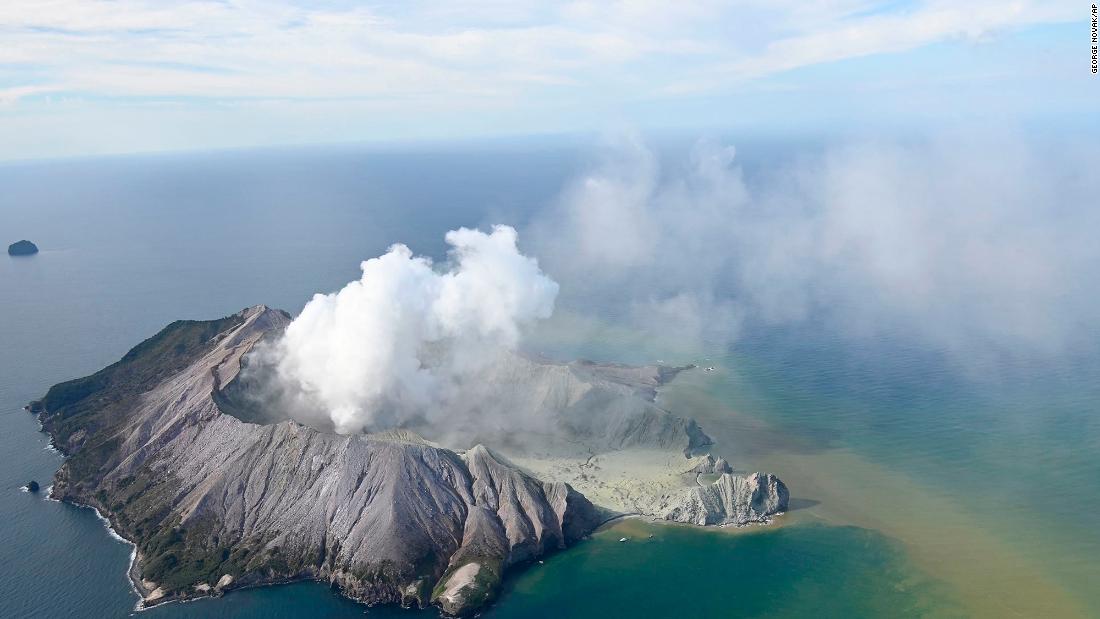[ad_1]
New Zealand is a country renowned for its natural beauty — it’s a place with soaring, snow-covered mountains, bubbling thermal pools, and vast, clear lakes.
But it’s also a country that straddles two tectonic plates and is on what’s known as the “Ring of Fire” — a trail of volcanoes and earthquake prone areas around the Pacific Ocean that follow the line of where tectonic plates collide.

A nation of volcanoes: The North Island’s Lake Taupo was created by a volcanic eruption nearly 2,000 years ago. Rotorua’s natural hot pools are created by geothermal activity bubbling under the earth. The country’s hilly capital, Wellington, is built on an active fault, and its largest city, Auckland, is home to approximately 50 volcanoes — including some that lie dormant.
Deadly eruptions: New Zealand has experienced deadly eruptions and earthquakes — most recently the 2011 Christchurch quake that killed 185 people. But there have been many events that have not been fatal.
Last deadly eruption on White Island a century ago: White Island is New Zealand’s most active volcano, but the last fatal event on the island was around 100 years ago, when a crater wall collapsed, killing 10 miners.
But for those living in New Zealand, volcanic activity and earthquakes are often a part of life.
“There are many parts of the world that have a similar kind of risk profile both in terms of volcanism and earthquakes — it’s just part of the world we live in,” said Auckland University volcanologist Shane Cronin. “(Up until now) I think we’ve been lucky.”

[ad_2]
Source link

